On the afternoon of Saturday 23 March, Sean O’Leary led a walk to look at mosses and liverworts at Withymead Nature Reserve, on the east bank of the Thames between Goring and South Stoke. The weather was cloudy but not particularly cold. This site has a variety of riverside habitats and a good total of over 90 species including Bryum pallescens, which is rare in the county. Adjacent to the river is a wide strip of marshland. It had been underwater during the January floods, but was now mostly merely soggy. A boardwalk crosses the marsh, with the planks wrapped in metal mesh for a better grip underfoot. Bryum pallescens, a moss that will tolerate metallic runoff,was found on the boardwalk. Drifts of Loddon Lily were just coming into flower in the marshland. Warden Pete Morgan predicted that they would be at their peak in mid-April. Also seen here were Cuckooflower and the leaves of Common Meadow-rue. The soil in the reserve is largely calcareous, so moss species such as Thamnobryum alopecurum and Calliergonella cuspidata attracted attention amongst the commoner species such as Hypnum cupressiforme and Brachythecium rutabulum. A lovely mossy lawn by the house was rich in bryophyte species, including the common Rhytidiadelphus squarrosus. The damp, sheltered conditions meant that the old willow trees supported epiphytes such as Lewinskya affine and Metzgeria violacea. At the end of the walk, Warden Pete Morton and his team of volunteers kindly provided tea and cakes at the Study Centre to round off the visit. A Slow-worm was spotted under a refuge at the back of the Study Centre. It slid off underground when disturbed. Also seen nearby were a Buzzard and a Redwing. A Mistle Thrush was singing and Chiffchaffs and a Great Spotted Woodpecker were heard.
Report by Sean O’Leary and Jan Haseler
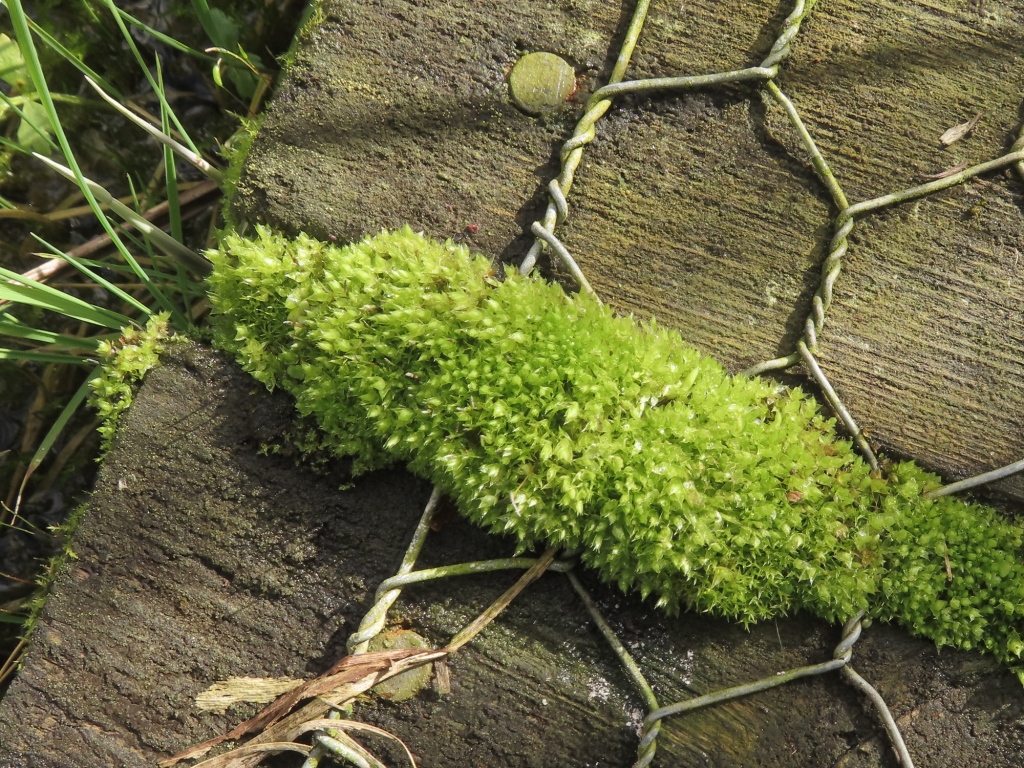
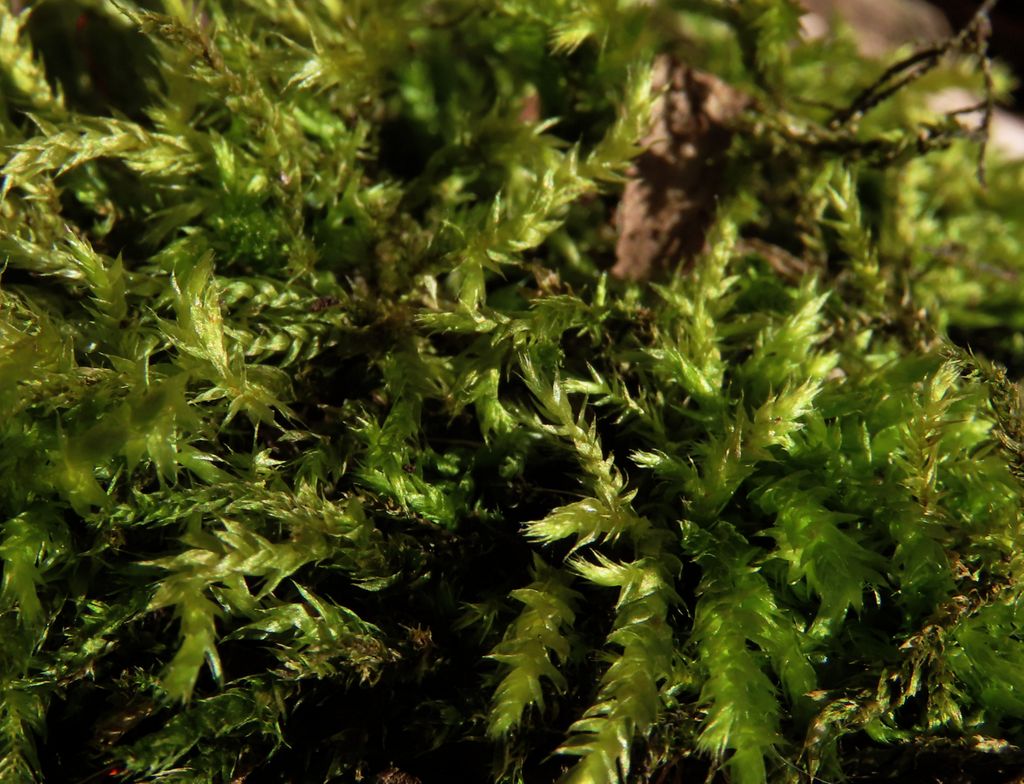
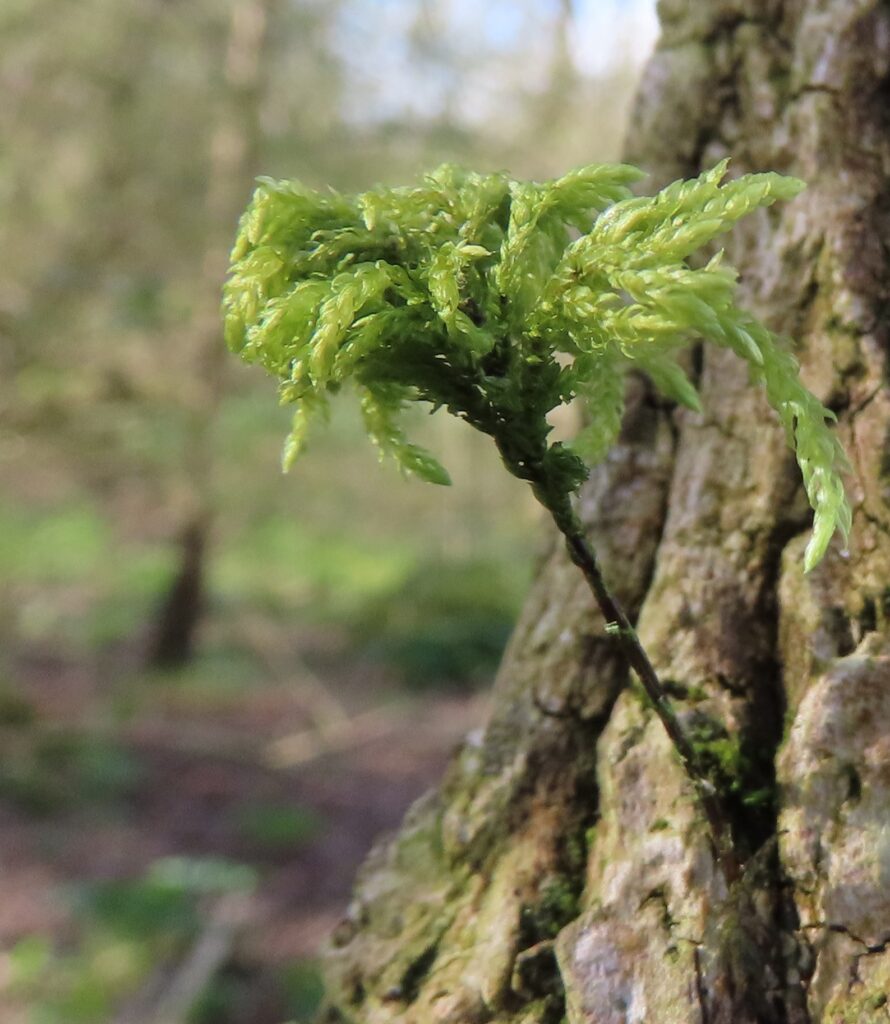

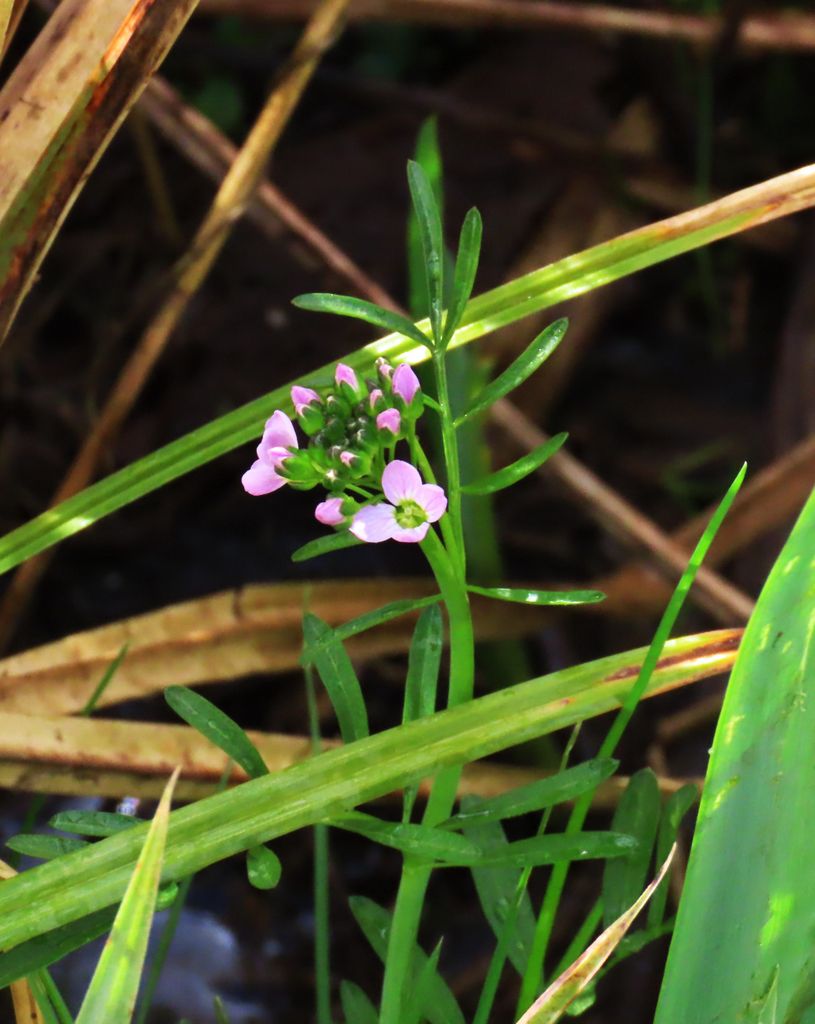
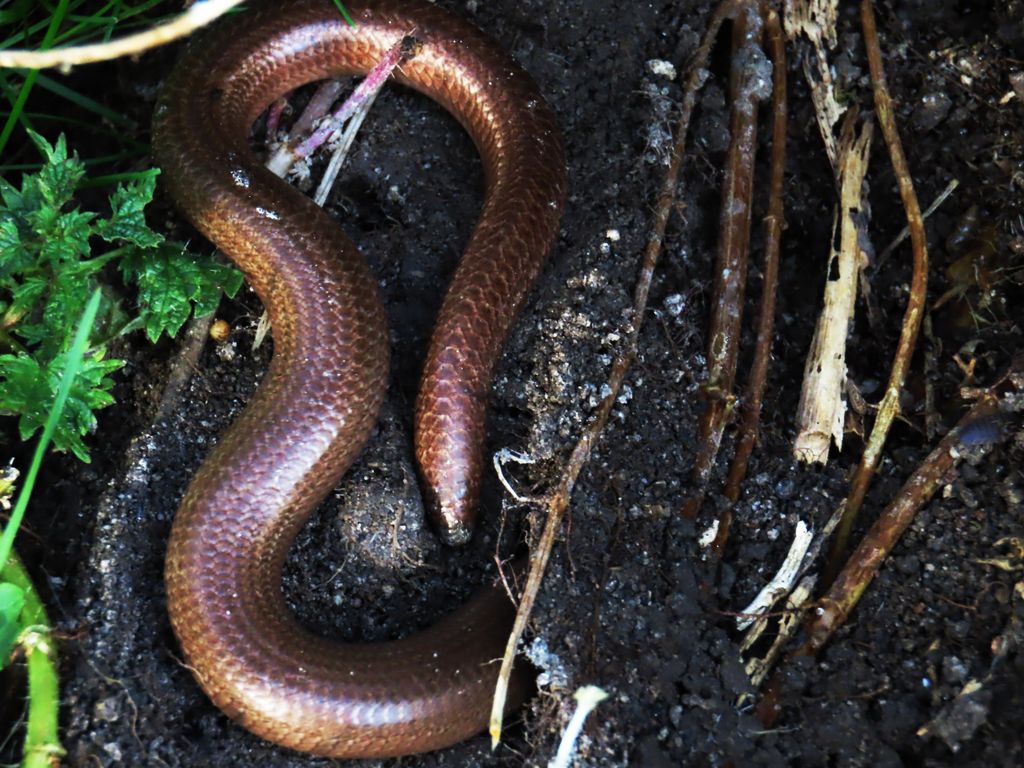
Pictures by Sue White, Rob Stallard and Fiona Brown
